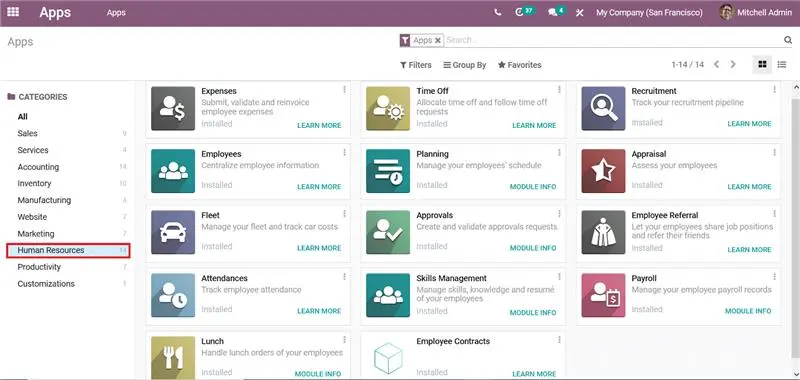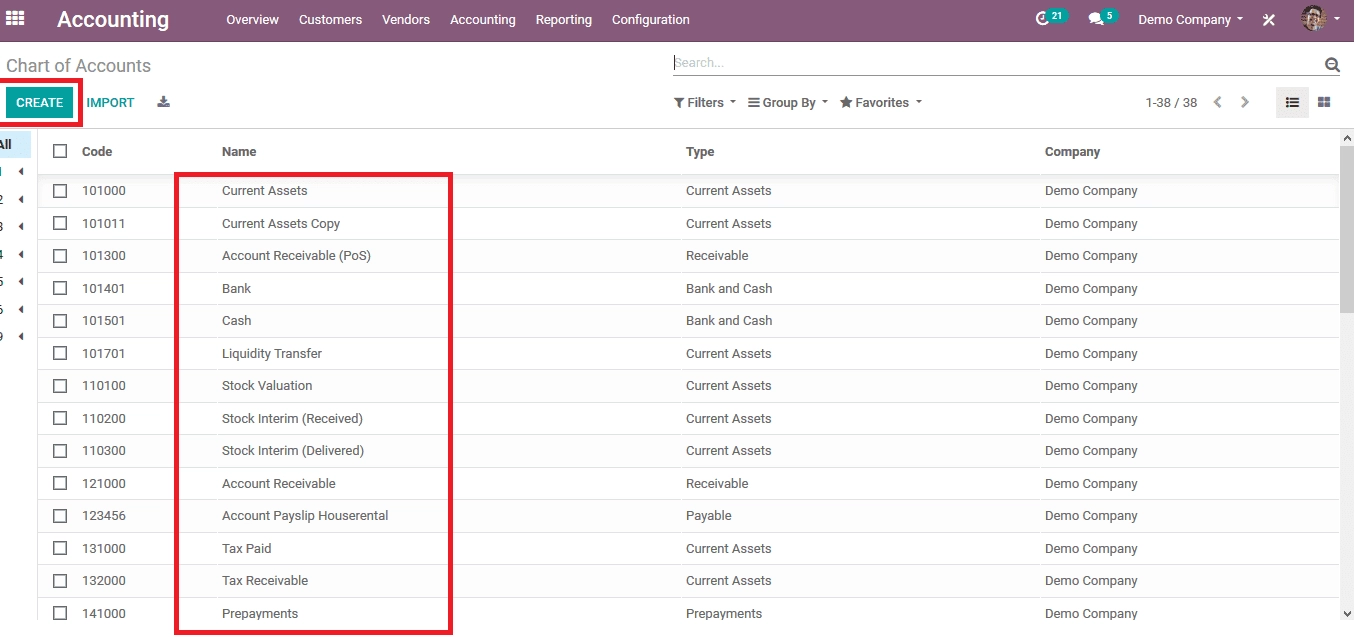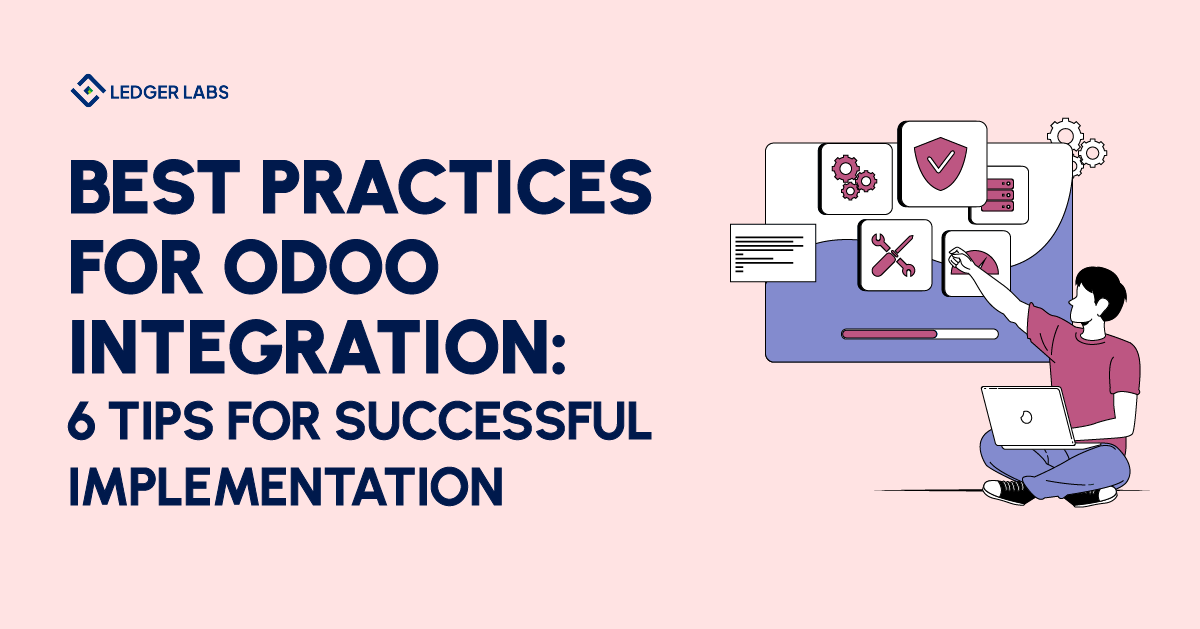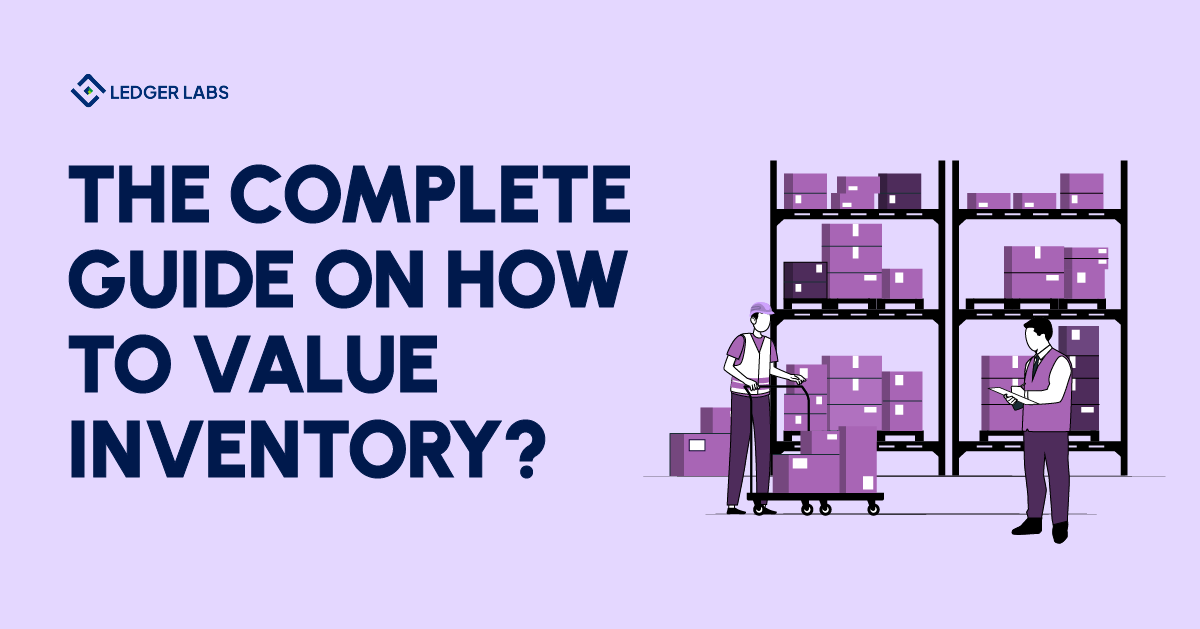We live in a world where you need advanced technological solutions to sustain a business.
Odoo is a complete business management solution that helps businesses with that.
This open-source ERP is light and offers businesses customizable and scalable features to improve business performance.
While it has many advantages, you must know that Odoo implementation is complex. So you need to follow the best practices to make its implementation process organized, efficient, and simple
Let’s look at them.
- Odoo has many applications that you can use to increase data accuracy and track real-time inventory levels.
- You can use Odoo Community to enjoy some of its features for free or you can make the most out of this system by choosing Odoo Enterprise.
- Make sure you have a proper plan for Odoo implementation.
What does Odoo integration mean for your business?
Whether you run a startup or a large company, Odoo is the all-in-one platform that can help you streamline operations and improve efficiency.
It is an affordable ERP software that offers businesses various applications, such as CRM, accounting, and sales management.
What makes Odoo a standout amongst other ERP systems is its flexible structure. You can choose and integrate applications that specifically meet your requirements.

The ability to pick and choose applications makes Odoo extremely scalable as you can continue to add applications as you grow.
It also highlights Odoo’s customization property as you only add applications that you need instead of cluttering your organization with apps that you don’t need.
Odoo charges per user while offering a Standard and Custom plan. If you choose its Custom plan, you will be able to integrate it with various third-party applications, like Salesforce to expand CRM functionality or Shopify for a more elaborate e-commerce experience.
Odoo also has a free plan in which unlimited users can access one of its applications. While this free plan is limited, it gives you a good idea of how Odoo works and whether it is suitable for other business processes.
E-commerce businesses can use Odoo to build their online store and streamline their e-commerce accounting. It also has various e-commerce management tools, for example, you can design product pages using its drag-and-drop feature.
You can also use Odoo to change the color and size of your company’s visual assets, like product photos.
It also has an e-commerce dashboard that you can use to check real-time changes in the inventory, sales, and accounting system.

If you choose its free plan to access just one application, let’s say, accounting, it will give you access to its actionable buttons. You can use them to handle account payables and receivables.
For example, with just one click, you can automate payment reminders or check payment status. You can also automate invoice generation or categorize transactions.
It will help you to prepare financial statements based on real-time information.
And, if you find these tools helpful, you can think about adding Odoo’s inventory or CRM application to further expand your business functionality.
The only thing that you must be aware of is the fact that implementing Odoo is not that easy. So, it is better if you hire an Odoo expert as they can follow the best practices to ensure a smooth and successful implementation.
3 steps to follow before integrating Odoo into your business
1. Define goals you wish to achieve from Odoo integration
The first thing you should consider before implementing Odoo into your business is the goal. What is it that you wish to achieve from this integration? The purpose of setting a goal is to establish the success rate of this implementation.
- Do you wish to automate repetitive processes to reduce manual input and administrative burden?
- Do you want to increase productivity?
- Are you aiming to increase data accuracy so that you have real-time updates on inventory levels?
- Do you want to centralize customer data and make it available to all relevant departments?
When you know what you want out of this implementation, you can determine whether you were successful in achieving it or not.
2. Evaluate the active systems in your organization
It would be better if you have an Odoo expert on board, guiding you and ensuring every timeline is met with ease.
While it is easy to use, Odoo itself is a complex system, requiring technical expertise for a successful implementation.
So with an Odoo consultant or expert holding your hand through the process, the chances of failing are close to none.
3. Communicate with all stakeholders
Make sure you communicate about Odoo’s implementation to all stakeholders.
This is going to be a major transformation for your business so you must keep all relevant stakeholders informed.
Through this communication, you should be able to identify all of their pain points.
How to choose the best Odoo version?
1. Odoo Community or Odoo Enterprise:
Odoo has different versions available. Choosing the right version will ensure you achieve what you set out to do.
Odoo Community is the first version that is free of cost. While it lacks advanced features, it is great for startups and smaller businesses that don’t have complicated processes.
Odoo Enterprise is excellent for larger companies looking for sophisticated solutions. This version offers businesses advanced tools to prepare financial reports, handle inventory levels, or manage different stages of order processing.
2. Don’t forget about scalability
Many businesses fail to consider the future. They only think about the current problems and how a system can fix them. So make sure you also keep in mind how Odoo would be useful in the future.
As mentioned before, Odoo is extremely scalable so it shouldn’t be a problem for businesses. You can start off with only one application and continue to add more to adjust to your growing needs.
3. Make sure it can be customized
Again Odoo is extremely customizable. Because you only add the applications, you need, it acts literally like hand and glove.
6 best practices for Odoo integration
1. Create a comprehensive plan for the integration
For the implementation to be successful, you have to take every step carefully. So make sure you know exactly what you’re doing and how.
You need to have a proper plan well in advance. It should mention what needs to be done.
It should include all realistic and important timelines and milestones. All stakeholders should be given responsibilities. They should have access to all the tools and theories they need to make this implementation a success.
Also, it is extremely important to divide this implementation into steps. Every phase should be documented and have certain goals. This way, you can quantify the process and make it simple.
2. Work with Odoo experts
It would be better if you have an Odoo expert on board, guiding you and ensuring every timeline is met with ease.
While it is easy to use, Odoo itself is a complex system, requiring technical expertise for a successful implementation.
So with an Odoo consultant or expert holding your hand through the process, the chances of failing are close to none.
3. Customize Odoo to meet your workflow
The best thing about Odoo is that you can customize it just how you want it.
Odoo ERP has everything you need, from a solid CRM to a rigorous accounting system. So you can pick and choose all the applications that your business needs.
This makes Odoo a reliable tool for industry-specific use. So you can choose its e-commerce application to handle your e-commerce operations or you can select its accounting application to handle financial tasks.
The idea is to tailor this system according to your workflow and not the other way around.
4. Test data migration
Before you start migrating your data, make sure you clean and organize it. So delete duplicates and inaccurate data so that you don’t transfer it into Odoo.
This data includes your financials, customer details, and product information.
Next, you have to test the migration so that you can identify loopholes and problems before you actually go live with this migration.
The sign of any good migration is that all data structures will be consistent across systems. You will map out all the relevant fields and double-check the transfer.
To do this, you need to have a solid plan that helps you validate the accuracy of the transferred data and also serves as a guide in case you lose the data. So always have a backup procedure.
5. Provide training and support to users
Odoo ERP is a powerful addition to your business. It will centralize your database and add efficiency to every business process.
But for it to work to its maximum potential, your employees need to know how to use it properly
This is why you must conduct training sessions and provide your employees with detailed material to study and understand the system.
Also, Odoo is an open-source system so it continues to get updates.
Because of this reason, you need to offer continuous support and teaching material to your employees so that they can adapt to and work around the changing features of Odoo.
6. Monitor its performance
It is important to monitor the performance of this system once it goes live.
You need to have proper KPIs to check whether or not the system is giving you the expected results. This brings us back to the first point where we highlighted the need for setting goals.
Evaluate how the ERP is working and what processes can be further improved.
This is a feedback loop because you will continue to get reviews and user feedback and use that insight to improve the system.
The bottom line
To make any technological integration successful you must have a clear sight of goals and a plan to achieve them.
Odoo is a business management system that can add value to your business by increasing operational efficiency.
It is a complex system so you must follow the best practices to avoid problems and make its integration a success.
Ledger Labs has been helping businesses with Odoo accounting services for a long time.
We have 12+ years of experience during which we have helped businesses of all sizes perform different integrations to improve their finance management.
Let’s book an appointment to find out how we can help your business.












